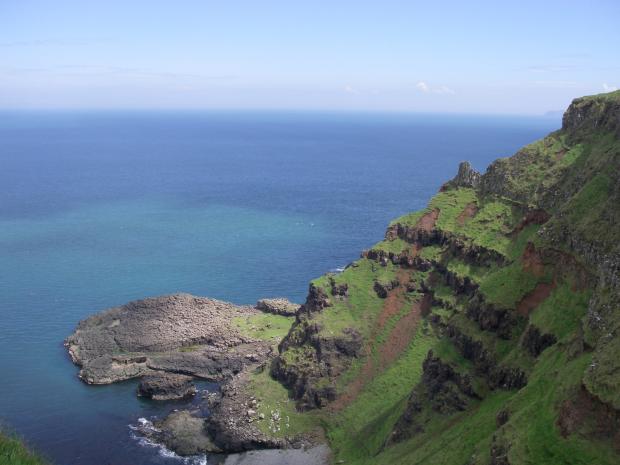
The Giant's Causeway is the most renowned geological site in Northern Ireland and has a truly international reputation. It is particularly important for its role in early debates on the origin of igneous rocks and is famous for its columnar basalts and associated materials. In addition, the Causeway Coast has representative Lower, Interbasaltic and Upper Basalt Formations relating to the three main eruption series in the Atlantic Ocean between 53-65 million years ago. The area is also important for its Zeolite mineralogy.
The Causeway area is notable for its maritime cliff communities and also includes wet and dry heath, and species-rich grasslands. Closer to the shore, plant communities include saltmarsh and fen. The coast is also important for intertidal communities. A number of notable plant species have been recorded. These include oysterplant, a notable shoreline species and saltmarsh flat-sedge.
This diverse site supports a rich invertebrate assemblage with a number of notable species, including snails, craneflies and weevils. Both breeding and wintering birds are also important for the site, with significant populations of breeding fulmar and black guillemot.
Related articles
- ASSI Guidance for Public Bodies/Competent Authorities
- Coastal Areas of Special Scientific Interest
- Conservation Management Plans (CMPs)
- European Marine Sites - Marine Special Areas of Conservation and Special Protection Areas
- Introduction to Conservation Management Plans (CMPs) for Northern Ireland’s Special Areas of Conservation
- Marine Conservation Zones
- Marine Protected Areas
- Marine Ramsar sites
- Portrush Coastal Zone
- Special Areas of Conservation
- Special Areas of Conservation for Harbour porpoise
- Special Protection Areas
